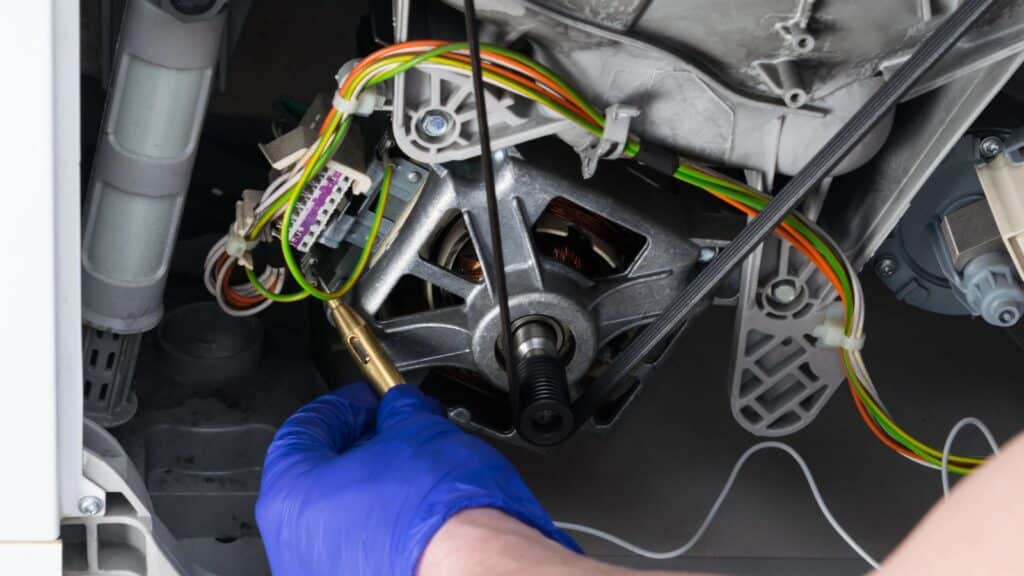As prices rise and debt continues to climb, more people are returning to the money habits that helped earlier generations thrive. These old-school methods are simple, reliable, and effective. They bring a sense of control that’s often missing in today’s digital, fast-spending world. Here are seven classic financial habits making a strong comeback this year.
Paying with Cash

After years of swiping cards and tapping phones, more people are returning to cash. Paying with real money makes spending feel tangible, which naturally curbs impulse buys.
💸 Take Back Control of Your Finances in 2025 💸
Get Instant Access to our free mini course
5 DAYS TO A BETTER BUDGET
The envelope method is back in style, with people setting aside cash for things like food, gas, and entertainment. When the money runs out, the spending stops. It’s a simple way to stay on track and avoid building up credit card debt.
Cooking From Scratch

Eating out has become expensive, and even meal delivery services add up quickly. Cooking at home is one of the most effective ways to cut costs. People are embracing meal planning, batch cooking, and homemade staples like bread or soups to stretch their grocery dollars.
It’s not only cheaper but often healthier. Families are rediscovering that cooking from scratch can be satisfying and far easier than it looks once you get into a rhythm.
Buying Used Instead of New

Thrift shopping and secondhand marketplaces are booming again. Platforms like eBay, Poshmark, and local consignment stores are filled with affordable, high-quality items. From furniture and clothes to appliances and tools, buying used helps you save while reducing waste. Many people are even turning resale shopping into a side hustle, finding valuable items to flip for profit. The stigma around buying used is gone; it’s now considered smart, sustainable, and financially wise.
Growing a Garden

With grocery prices rising, backyard gardens are more popular than ever. People are growing vegetables, herbs, and even small fruit trees to cut food costs. Container gardens and raised beds make it possible even in small spaces.
Beyond saving money, gardening provides fresh, healthy food and a sense of independence. The “grow your own” mindset from past generations has returned, and many households are realizing how much a small garden can offset grocery spending.
Repairing Before Replacing

The disposable mindset of the last few decades is fading. Instead of immediately replacing broken items, people are learning how to fix them. From sewing clothes and mending shoes to repairing electronics and furniture, DIY repairs are back in style.
Online tutorials and local repair workshops make it easier to learn basic skills. This habit saves money, reduces waste, and encourages a more thoughtful approach to consumption.
Using Layaway and Sinking Funds

Before credit cards were everywhere, layaway plans helped people save up for larger purchases. That same principle is making a comeback through sinking funds; setting aside money each month for specific expenses like holidays, car repairs, or vacations. Instead of going into debt, people are paying cash when the time comes. It’s a slower process, but it removes the stress of interest payments and unexpected bills.
Tracking Every Expense

With so many automatic payments and subscriptions, it’s easy to lose track of where your money goes. That’s why manual expense tracking is becoming popular again. Writing down each purchase or logging it in a spreadsheet builds awareness and accountability. Some people even use printable budget binders or notebooks to see everything at a glance. It’s a simple but powerful way to identify waste and regain financial control.
Old Habits Still Work

Technology makes it easy to spend without thinking, but traditional habits bring the focus back to control. These old-school methods aren’t flashy or complicated, yet they work. By slowing down and being more intentional, people are finding real peace and stability with their money. Simple, steady habits are proving to be the smartest trend of all.
10 Money Rules You Were Taught That No Longer Work Today

Money management advice that worked 20 or 30 years ago is outdated in today’s fast-moving economy. You’ve got to rethink how you save, spend, and invest if you want to stay ahead. Here are 10 old money rules that don’t cut it anymore. 10 Money Rules You Were Taught That No Longer Work Today



